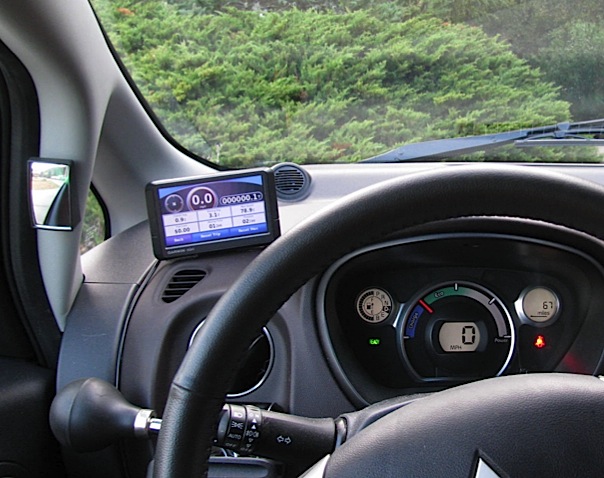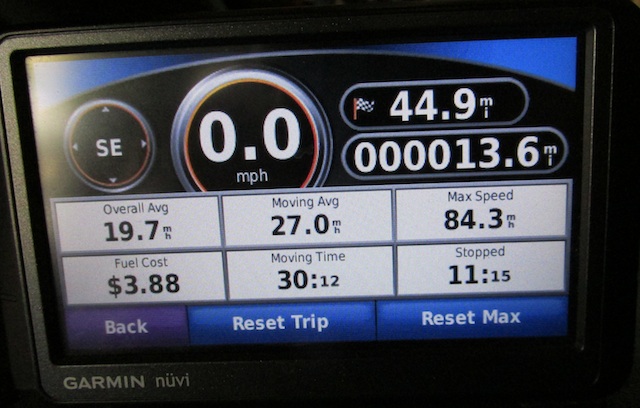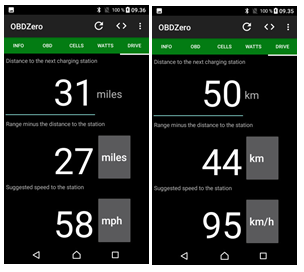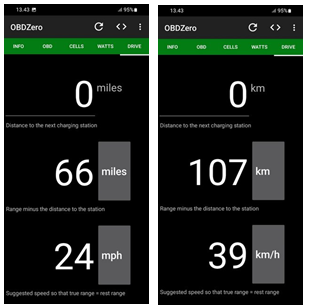I suspect most of us use these cars more in urban traffic than in places where we would want or need to use higher speed hypermiling skills. You can still get RR's of 80 or 85 miles in typical stop and go traffic if you accelerate very gently keeping the amps needle well below the mid mark *and* decelerate very gently only using the brakes after you're down to less than 10 to 15 mph. This does mean following an extra couple car lengths farther back than *most* drivers do, so you're not constantly making quick reactions to the changes in speed of the traffic in front of you
It still amazes me how many people drive with their brakelights flashing on and off several times per mile - Try not to be 'that guy'
After 'learning' to drive our EV's this way, I do pretty much the same in the gas powered cars too and the difference in MPG this makes is quite remarkable. I just keep thinking that 'Friction Braking Is Wasting Energy' and try as hard as I can to do as little of it as possible. I've gone more than 100,000 miles on the factory brake pads on a couple cars in the past already, but much of that can be attributed to downshifting manual transmission vehicles - Using constant 'B' mode and touching the brakes as little as possible was an easy thing to learn, given my long history of using minimal friction braking
We still get typical RR's in the mid 70's, in urban settings with an occasional 80 to 85 thrown in when we make trips that involve little to no speeds above 50
Don
It still amazes me how many people drive with their brakelights flashing on and off several times per mile - Try not to be 'that guy'
After 'learning' to drive our EV's this way, I do pretty much the same in the gas powered cars too and the difference in MPG this makes is quite remarkable. I just keep thinking that 'Friction Braking Is Wasting Energy' and try as hard as I can to do as little of it as possible. I've gone more than 100,000 miles on the factory brake pads on a couple cars in the past already, but much of that can be attributed to downshifting manual transmission vehicles - Using constant 'B' mode and touching the brakes as little as possible was an easy thing to learn, given my long history of using minimal friction braking
We still get typical RR's in the mid 70's, in urban settings with an occasional 80 to 85 thrown in when we make trips that involve little to no speeds above 50
Don




























